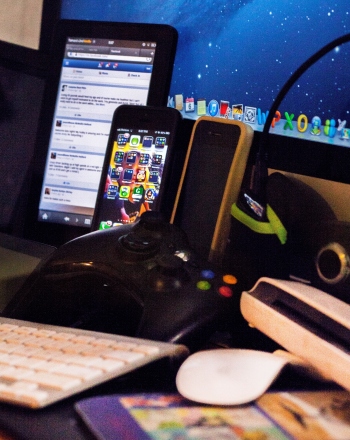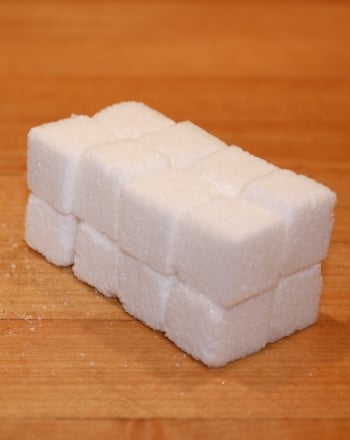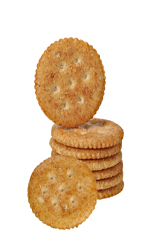Science project
How Much Sugar?
Grade Level: 4th - 7th; Type: Psychology/Cooking Science
Objective
To find out whether people are aware of the amount of sugar found in everyday foods.
The purpose of this experiment is to measure out the sugar of various foods and find out whether people can correctly determine how much sugar is in certain common foods.
Introduction
In nature, two things have been historically difficult for humans to find: things that taste salty and things that taste sweet. Evolution has designed us to seek out these rare flavors and consume as much of them as we can. Humans crave sugary foods for a good reason. Sugar packs a lot of calories into a small amount of food. For our ancestors, who lived on the edge of survival and starvation, the extra calories in a sugary snack, whether honey stolen from a beehive or fruit found in trees, could mean the difference between life and death. Unfortunately, our taste for sugar has not lessened even as this rare flavor has become easily accessible. We pack sugar into many foods we wouldn’t think to find it in and overload our systems to the point where we can develop diabetes. Much of the sugar we consume every day is hidden in foods that we wouldn’t expect to find it in.
Research Questions
- Why do human beings crave sugar?
- What are the advantages to eating sugar?
- What happens to body chemistry after sugar is consumed?
- How does the effect of sugar on body chemistry make us desire more sugar?
- What happens, over time, if a person eats too much sugar too frequently?
- What does the body do with sugar?
Terms to Know
- Sugar
- Insulin
- Diabetes
- Calories
Materials
- At least a 2lb bag of sugar
- A metric scale
- Various everyday foods (you can use processed foods like soda, candy, and crackers that display the sugar content on the label as well as raw foods such as fruits, vegetables or grains and find out the sugar content on the internet)
- Empty mason jars
- A number of volunteers
Experimental Procedure
- Collect a number of different foods that you would like to see the sugar content for.
- Using a metric scale, measure out the amount of sugar in your first food.
- Place the sugar in an empty mason jar.
- Label the bottom of the jar with which food this represents and how many grams of sugar you placed in it.
- Repeat steps 2-4 for your different foods.
- Set up a table with the different foods you used displayed and the jars of sugar lined up from least to most.
- Have volunteers come to your table one at a time to try to match the jars of sugar with the various foods.
- When your volunteer thinks they have the correct answer, check their work with them to see which ones they guessed correctly and which ones they were off on.
- Record the results on a chart such as the one below.
- Use your charts to find out if there are certain foods that many people guess incorrectly.
|
Food
|
Amount of Sugar
|
Guessed Amount
|
Difference between guess and actual sugar content |
|
food 1 (can of soda)
|
42 grams
|
|
|
|
food 2 (2 carrots)
|
10 grams
|
|
|
|
food 3 (a peanut butter and jelly sandwich) |
33 grams
|
|
|
|
food 4
|
|
|
|
|
food 5
|
|
|
|
|
food 6
|
|
|
|
Bibliography
Education.com provides the Science Fair Project Ideas for informational purposes only. Education.com does not make any guarantee or representation regarding the Science Fair Project Ideas and is not responsible or liable for any loss or damage, directly or indirectly, caused by your use of such information. By accessing the Science Fair Project Ideas, you waive and renounce any claims against Education.com that arise thereof. In addition, your access to Education.com's website and Science Fair Project Ideas is covered by Education.com's Privacy Policy and site Terms of Use, which include limitations on Education.com's liability.
Warning is hereby given that not all Project Ideas are appropriate for all individuals or in all circumstances. Implementation of any Science Project Idea should be undertaken only in appropriate settings and with appropriate parental or other supervision. Reading and following the safety precautions of all materials used in a project is the sole responsibility of each individual. For further information, consult your state's handbook of Science Safety.













